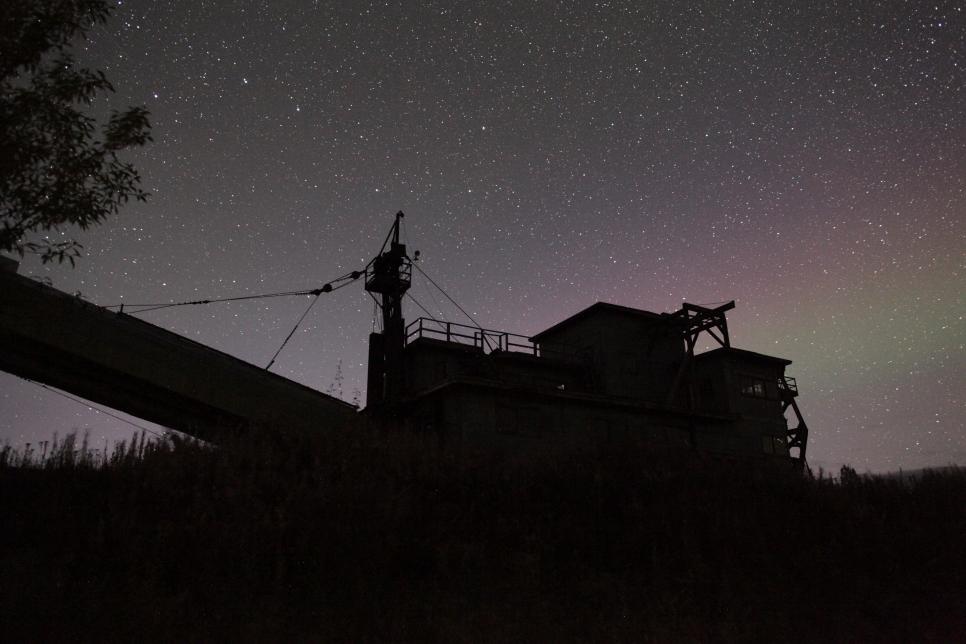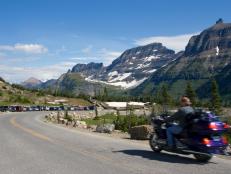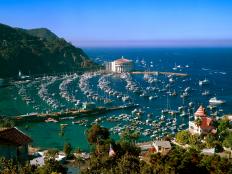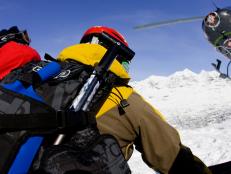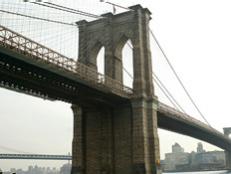10 Incredible Views From Alaska
'Top of the World' offers breathtaking bird's-eye views from around the globe—and on November 26, we're setting our sights on Alaska. Take a virtual trip to the land of the midnight sun with some of its most awe-inspiring sights.

Related To:
The Northern Lights
Peak viewing season for the aurora borealis—otherworldly bands of light that shimmer across the sky when energetic particles from the magnetosphere enter from above—runs from September to April in Alaska. If it’s clear and dark enough to see stars, check the aurora forecast and grab a heavy coat—you could be in for a treat.
Wildlife Views
"[E]ven if you don’t see a bear, you will never be far from one," the state Department of Fish and Game says. "Alaska is bear country." All three species of North American bears—black bears, brown (and grizzly) bears, and polar bears—share space with human Alaskans.
Gorgeous Glaciers
According to the National Park Service, there are an estimated 100,000 glaciers in Alaska—616 of which have been given official names. The spectacular blue-white formations come together when snowfall exceeds the amount of snow that melts in a given year and the drifts that remain compact into ice. Glacial ice isn’t colder than "regular icebox ice," but it does last a little bit longer if you drop it into a drink, since its crystals are so large.
St. Lazaria and Kruzof Islands
Intrepid eco-adventurers can explore Alaska’s rugged volcanic coastline on motorized ocean rafts with Sitka Alaska Outfitters, a team of tour guides that operate marine-wildlife safaris on the water. Sitka Sound has been a popular destination for a very long time: The Tlingit People are said to have lived there for thousands of years.
Swiftsure Glacier
There’s off-the-grid living, and then there’s what’s-a-grid? living. This tiny cabin and base camp perch on the Swiftsure Glacier near Talkeetna, Alaska, a town with a population of about 900 people. There’s a formidable heating system in that diminutive structure: In November, the average high temperature in the area is 27 degrees Fahrenheit.
Crescent Harbor
Crescent Harbor, which is one of five boat harbors that serves the Alaskan city of Sitka, moors commercial fishing, recreational and charter vessels. It also plays host to yachts and cruise ships—and rare Stellar sea lions, which visitors (per the local authorities) should not feed.
Seward Highway
Northern road trippers can follow 125 miles of state highway between Seward and Anchorage and enjoy views of the Kenai Peninsula, Chugach National Forest, Turnagain Arm and the Kenai Mountains. Mount Marcus Baker, the Chugach Mountain Range’s highest peak, is named for a 19th-century naturalist and explorer who co-founded the National Geographic Society and was one of the first editors of National Geographic Magazine.
Alaskan River Lodge
Guides in Juneau are fond of saying that it rains 250 days a year and snows the rest—which isn’t quite true, but it isn’t far off (the city is in a rainforest, and receives about 222 days of precipitation a year). Other portions of the state aren’t nearly as wet—but their rainbows are equally spectacular.
Baranof Island
Admiralty, Baranof and Chichagof—the "ABC" islands of Alaska—are famed for their lush natural beauty and wildlife, including brown bears and Sitka deer. Baranof is the tenth-largest island in the United States, and just slightly smaller than the state of Delaware.
Mount Hayes
Drivers en route from Delta Junction to Paxson Lake enjoy a showstopping view of Mount Hayes, the highest mountain in the eastern Alaska Range. Some people believe the mountain hosts travelers of another sort: According to Mysterious Universe, it’s long been associated with reports of UFO sightings.
